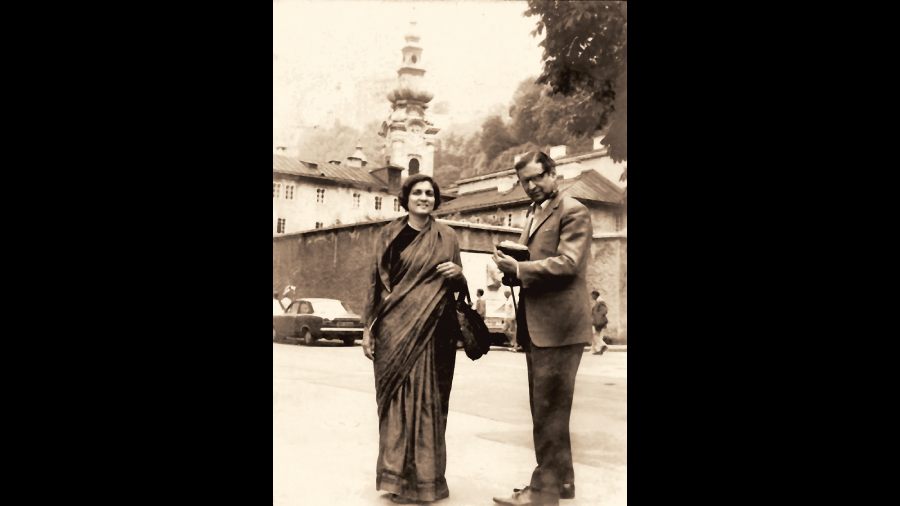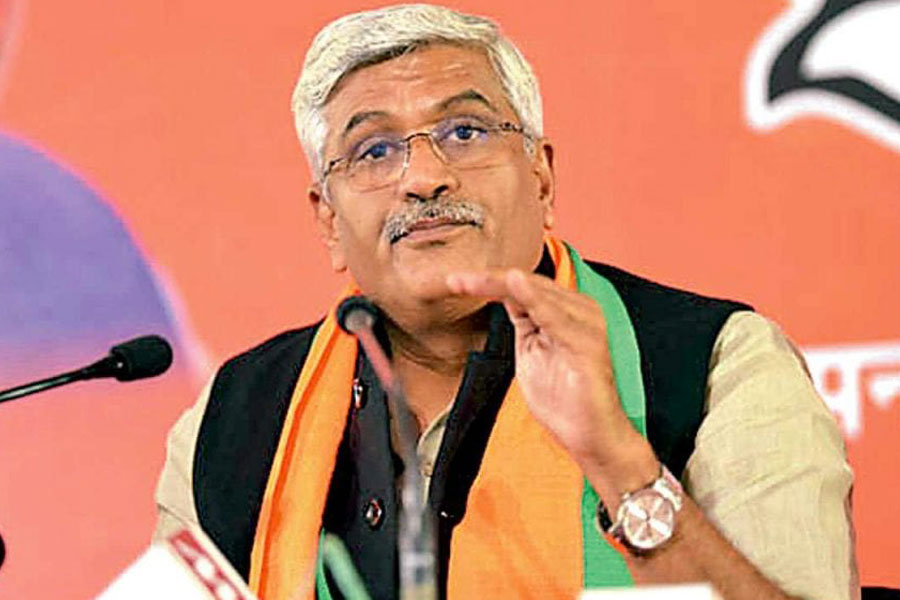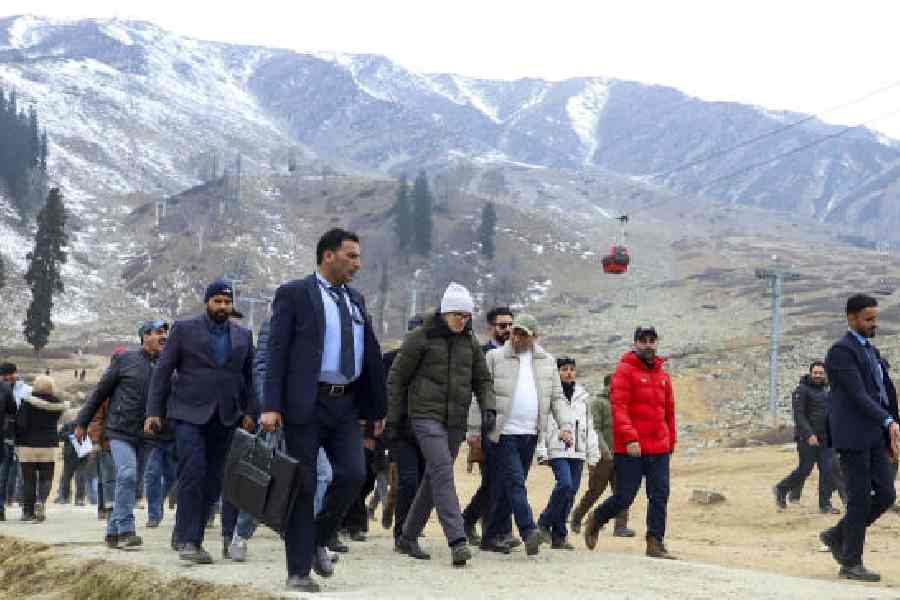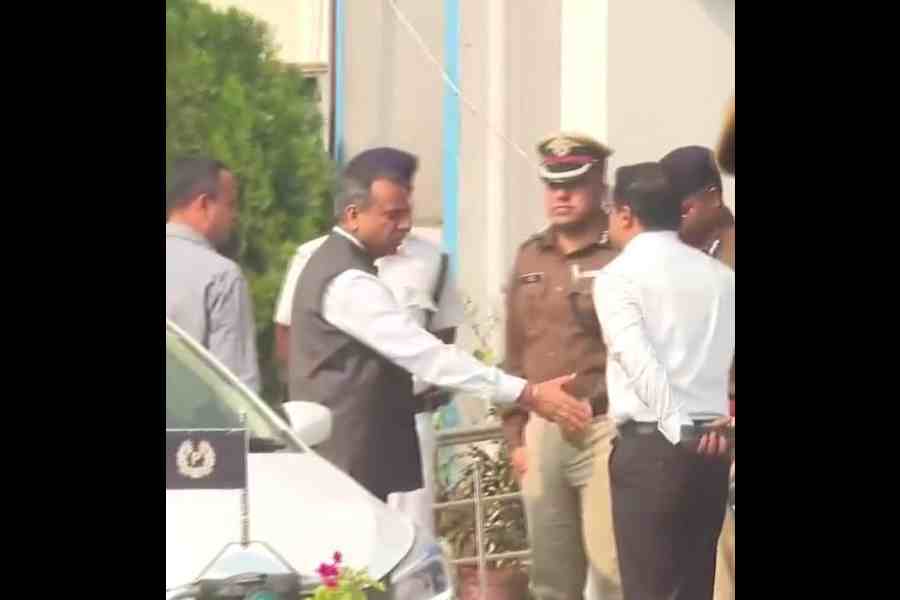Book: Citizen Gallery: The Gandhys Of Chemould And The Birth Of Modern Art In Bombay
Author: Jerry Pinto
Publisher: Speaking Tiger
Price: ₹899
Citizen Gallery is a delectable read of conversations that must be heard, of art that must be seen, of photographs that must be envisioned, of letters that must be re-discovered, and of stories that must be retold, again and again. The book — Jerry Pinto aptly and fondly calls it Kekoonama or Khorshednama in the Preface — narrates the legendary tale of a Parsi couple, Kekoo and Khorshed Gandhy, and of Mumbai’s Gallery Chemould that grew through a framing company and became instrumental in building the careers of some of the most brilliant artists of our times — F.N. Souza, K.H. Ara, M.F. Hussain, Tyeb Mehta, S.H. Raza and others. As Behroze Gandhy, the daughter of the firebrand couple, tells us in an interview with Verve: “The story was a curious one — how my father, a casualty of the second world war — who did not complete his studies at Cambridge — landed up being one of the catalysts of an art movement, which was totally at odds with the family’s Parsi business background. It all started with a shop selling picture frames — Chemould Frames, which was launched in 1947 — and a series of curious coincidences which led him to the point of opening Gallery Chemould.” Celebrating Kekoo’s birth centenary in 2020, Behroze Gandhy’s tender documentary, Kekee Manzil: A House of Art, looked at the lives of her parents and a life dedicated to dynamism, creativity and courage with the salty, breezy Bombay seafront as witness. It tells us of a time that was perhaps less fragile, more tolerant, and beyond the verbosity and clichés of social media.
Pinto begins the story in the 1940s with the serendipitous encounter of Kekoo Gandhy with Rudolf von Leyden, Walter Langhammer and Emmanuel Schlesinger, three Jewish gentlemen fleeing Nazi persecution in Europe. The rest, as they say, is history. In fact, the Gandhys could be perceived as the first family of Indian modern art who tried to break away from the clutches of the Bombay Art Society and function as catalysts for the Progressive Artists group. Pinto also tells us the wondrous tale of a friend (the manager of the Jehangir Art Gallery) who invited Kekoo and Khorshed to open a gallery in an empty space on the first floor. On 16 September 1963, Gallery Chemould opened its doors with a stellar exhibition of art by K.K. Hebbar, V.S. Gaitonde, Laxman Pai and others.
The final section, “Kekoo and Khorshed in Their Own Words”, beckons us to the inner thoughts of a brilliant couple with a photograph of an elderly Kekoo Gandhy standing upright with a charming and dazzling smile in front of Kekee Manzil. Interviews, snippets from diaries and letters, and reminiscences reveal magnanimity, eccentricity and grace in different hues. Jerry Pinto gently reminds us: “Khorshed was the backbone of the gallery; Kekoo its wings. Their life together was the stuff of which legends are made; only they were the legends themselves.”
Citizen Gallery is an urgent read in a world of hardening differences that refuses to engage in conversations.










